The Strad’s panel of experts answer your string teaching questions for the Teacher Talk series
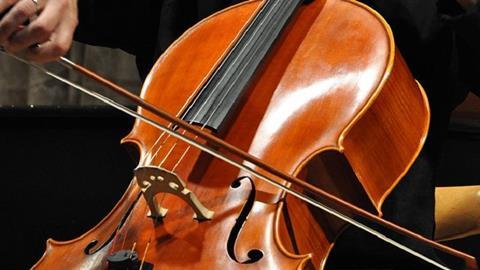
Géza Szilvay:
If you have only one hour to practise every day, with concentrated work you can still achieve considerable musical and technical results. Divide the 60 minutes into four 15-minute sections and repeat a daily programme for a week. When you play the same scale–etude–performance piece–chamber music routine for seven days, you’ll notice a great development in intonation, tempo and quality of sound. This will inspire you and motivate you to carry on.
1. Start with scales, using different bowings and playing double-stops (3rds, 6ths, octaves and 10ths).
2. Choose an etude and concentrate your practice on the difficult bars.
3. Your performance piece or movement should be polished daily. Seven sessions of 15 minutes will be enough to improve it technically and to memorise it.
4. The last 15 minutes should be reserved for chamber music. Play the most demanding parts or bars of sonatas, duos, trios, quartets or orchestral works.
Of course, this timetable only works over longer periods when you don’t have the pressure of a concert or examination. But remember, you have 52 weeks a year.
Boris Kuschnir:
Firstly, for a student who wants to become a professional violinist and practise only one hour a day, I would strongly suggest that they change profession. For a student who regularly practises many hours but occasionally has only an hour to spare, I recommend the following schedule:
1. 5–7 minutes
Play continuous open strings at a very slow tempo in piano and mezzo piano, aiming for 20 to 25 seconds per bow in both directions. You can also start in piano at the frog, make a crescendo up to forte at the tip, and then come back on the up bow making a diminuendo to piano at the frog.
2. 15–20 minutes
Practise different exercises from the first book of Schradieck. Play them on different strings and in various positions (even the very high ones), starting at a moderate tempo and increasing in speed.
3. 20 minutes
Practise scales, arpeggios and double-stops in 3rds, 6ths, octaves, 10ths and fingered octaves, in moderate and fast tempos.
4. 10 minutes
Play a fugue from one of Bach’s solo sonatas.
5. 10 minutes
Play Paganini’s Moto perpetuo in different tempos.
Bonnie Hampton:
How much instruction a student is given about the use of practice time depends very much on their age. One hour implies someone quite young and therefore in need of direction. A balance is important. There is building time, which is usually spent with scales and etude-type material to develop new skills; and then time learning repertoire with a keen attention to both technical and interpretative issues. Some variety is also helpful for keeping critical sense and listening abilities sharp.
Given an hour of practice, scales and other technical work might take 15–20 minutes. One can do a lot of good work on scales in 7–10 minutes, but it must be regular.
In terms of music, working on at least two pieces of different styles can keep efforts from becoming stuck. One might give more time to a particular piece on some days, but it should never be automatic practice. A student deserves to be excited about the music and stimulated to meet the challenges involved. In all of this, it is the teacher’s job to point out not only the things that need to be accomplished and improved, but also how to accomplish them. Our job as teachers is to give the student the tools to teach themselves, although that takes many years.
Bruno Giuranna:
First of all, when we are very busy, practice time should be ‘stolen’. Don’t simply wait to have some free and comfortable time in order to practise: steal any possible five minutes. Remember that a lot of significant mental study can be done while waiting for a bus or on the tube. It should be clear that one hour of practice a day will not take us far. The quality of practice counts greatly, of course, but if such little exercise happens for a few weeks, the remaining 23 hours will win.
Mimi Zweig:
The amount of practice time depends on the level of the student. For a beginner, half an hour can be just fine. Practising is a matter of repetition, not a matter of turning the sand timer over and painfully watching the sand slowly trickle down. Since most difficulties occur between two notes, I will outline the notes or passages that need repetition, be specific as to what needs to be done and specify the number of repetitions. (I never tell my students that I overestimate the repetitions because hopefully a good compromise will be reached at home.) As the students develop and with only one hour a day, I suggest that they have a menu of things to do. They accomplish what they can on one day and the next day will start where they left off and the same the next day. By the end of the week everything can be covered two or three times.
The teacher should help the student prioritise. If a concert is impending, the focus should lie on this repertoire. If the student is well set-up and flexible, attaining goals can be accomplished more easily.
THE EXPERTS:
Géza Szilvay is co-author of the Colourstrings teaching method and principal of the East Helsinki Music Institute
Boris Kuschnir is violin professor at the Vienna Conservatoire and at the University of Music in Graz
Bonnie Hampton was formerly on the faculty at Juilliard School, teaching cello in both the college and pre-college divisions
Bruno Giuranna teaches viola at the Fondazione Stauffer in Cremona, the Conservatorio della Svizzera Italiana in Lugano and the University of Limerick in Ireland
Mimi Zweig is professor of violin and viola and Director of Pre-College Strings at Jacobs School of Music, Indiana University at Bloomington

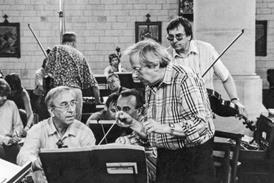
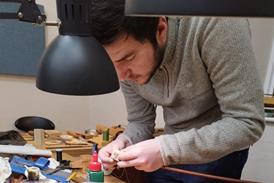
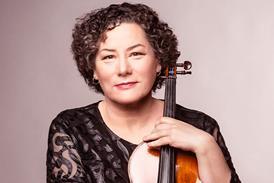
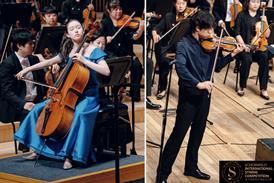
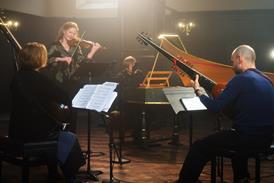
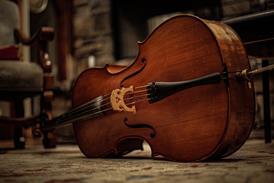




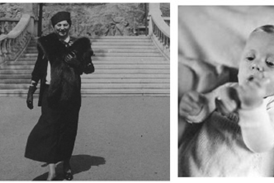
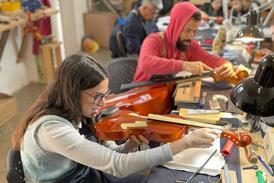
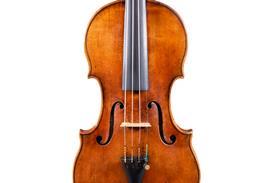
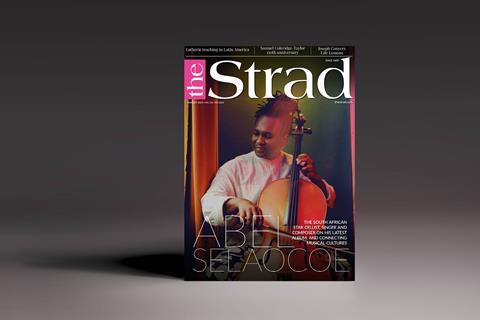







































1 Readers' comment